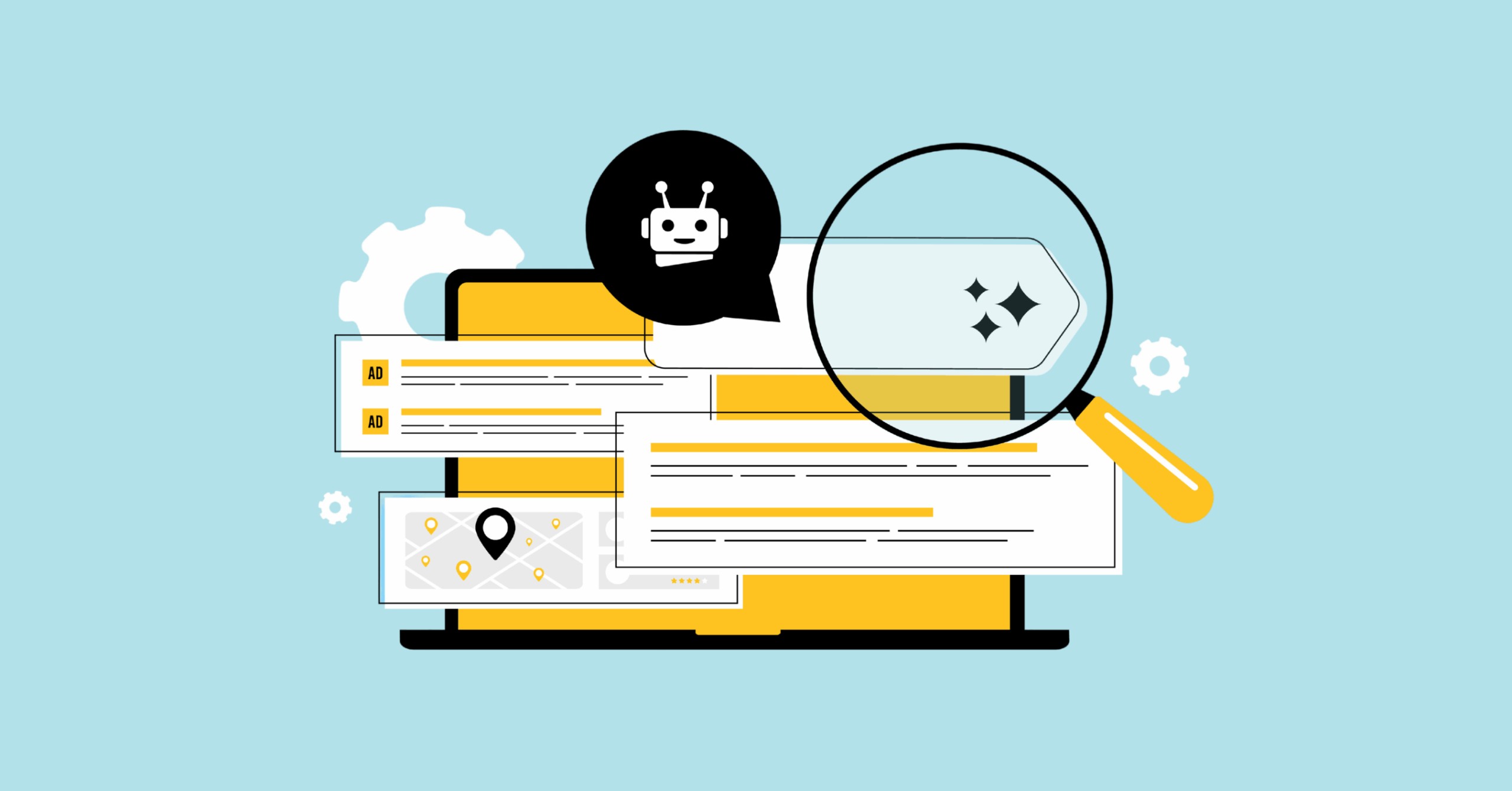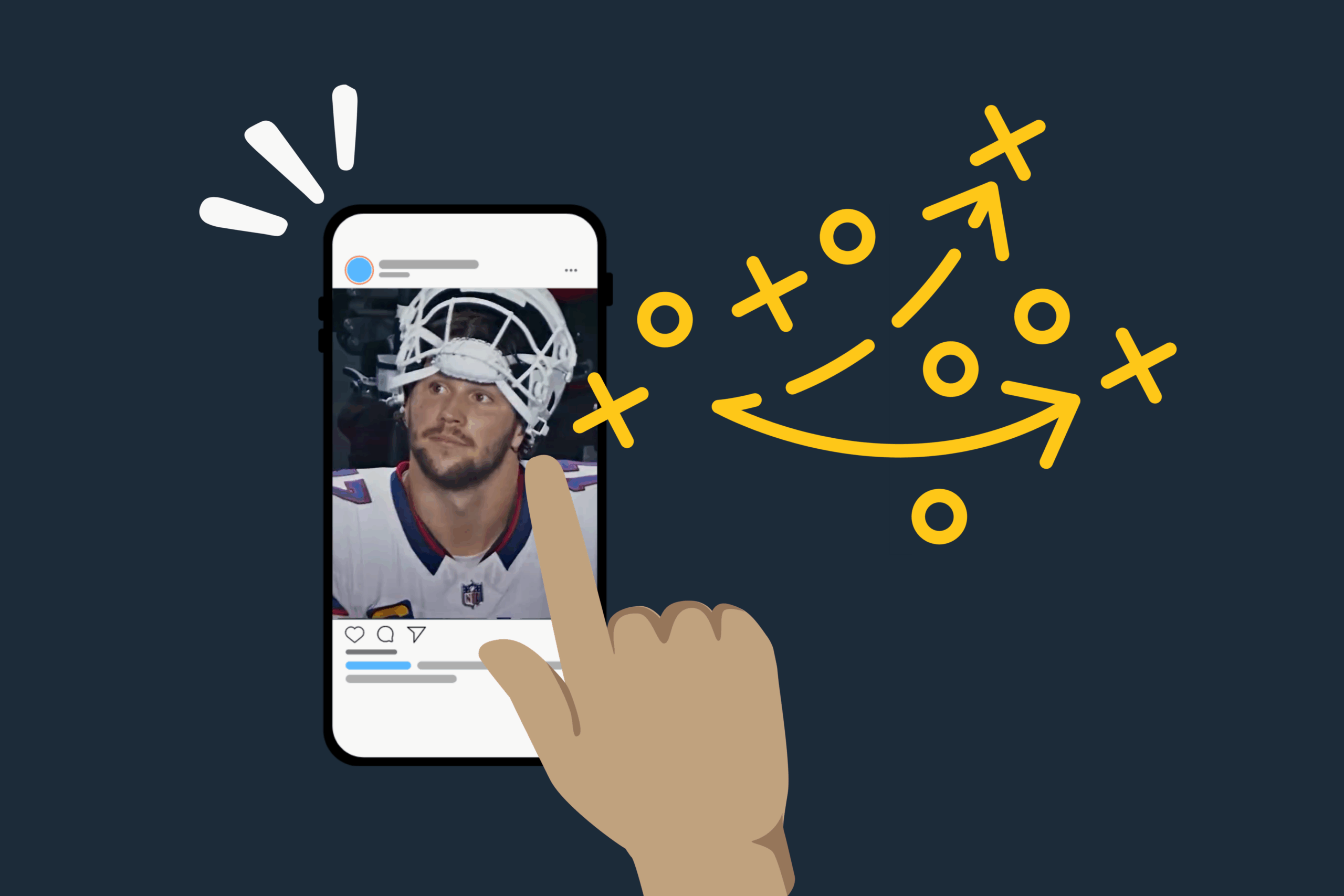Looking for a new opportunity? You know that writing a first-rate resume is one of the most important parts of landing your dream job. But the game has changed — what was once an eye-catching res may no longer make the cut. Say hello to a recently developed job hunt roadblock: parsing tools.
To streamline the hiring process, many companies are now using technology to “parse” resumes. To parse something means to extract the key components from a sequence of words. It typically applies to the act of reading text and then analyzing and converting that text into something a computer can comprehend. Resume parsers automatically extract, analyze, and store resume data to then be categorized, coded, sorted, and searched via an automated process to assist the hiring manager or recruiter.
Resume parsing software offers companies an efficient way to find salient skills, keywords, experience, contact information, educational background, professional certifications, and more that correlate to a specific opportunity. Hiring managers and recruiters use resume parsers to sort through large quantities of applications and identify the cream of the applicant crop. By filtering out resumes that don’t have the necessary information, parsing software saves countless hours that it would otherwise take to read through each individual application manually.
While the best parsing technology can convert hours of labor into seconds, the task of interpreting language and gleaning information can be difficult to get right. Here’s why: language is both deeply diverse and ambiguous. For example, there are many ways to write down a date — 8 September 2021 or September 8, 2021, or 8/9/21 or 09/08/2021. And, the same word can mean different things in different contexts.
This means you need to craft your resume in a way that will help get you noticed by playing to how the software works. Here’s the skinny on upping your resume game and creating the most parsing tool friendly version:
Brevity wins the day.
- Be brief and to the point — think bullets over explanatory paragraphs. Keeping it short and sweet can be a challenge; rise to it.
Keep the style, text, and font SIMPLE.
- Make sure to include your name in the file name of your resume
- Submit your resume in a .docx format for maximum parsing compatibility
- If you send a PDF version of your resume, export it from the MS Word doc — DO NOT scan an image and save it as a PDF.
- Nix headers and footers.
- Don’t mess with spacing.
- Use a standard font throughout the entire document.
No infographics
- Don’t include tables and columns.
- Steer clear of WordArt.
- No blocks of images for vital information — use actual words.
Basic is best.
- Use simple names for resume sections. i.e., “Professional Summary,” “Work Experience,” “Education,” and so on.
- Job titles like Happiness Manager or Fullstack Magician may sound cool — and indeed be your actual title — but won’t pass muster with parsing tools because parsing software rarely looks for keywords like “happiness” or “magician.” If you have a unique title, consider changing it to a more common one that will more successfully translate across organizations and have a better chance of being included in a parsing software search.
Keep acronyms to a minimum.
- Only use standard abbreviations, like VP, CEO, MS, and MBA. If it’s not common, parsers won’t be looking for it.
Time matters.
- Keep your resume in chronological order.
- Use full dates — the trifecta of month, day, year.
Content is queen! Keywords are king!
- Research the role and cross-reference skills that carry through your past jobs and the one you are applying to.
- Strong keywords win the race. Glean skills, keywords, and descriptions from similar job descriptions and even other resumes.
Skills, skills, skills!
- Job titles matter, but skills are essential. List both in your job description. Parsing software uses context to determine your strongest skills versus something with which you are just nominally familiar.
- A parser often ranks a candidate’s skill levels by the position on a page and how often the skill or keyword is used — if there is something you want to emphasize, include it more than once.
Elaborate on your education.
- List your formal education, along with any courses you may have taken that are pertinent. As well, list relevant coursework from MOOCs — massive open online courses — like those from Coursera, edX, Udacity, and major universities. Demonstrating your interest in furthering your knowledge on a subject illustrates your drive and wherewithal to apply yourself to advancing your knowledge.
Advertise accolades, achievements, and awards.
- Announce your achievements — for example: if you increased sales, back it up with a quantifiable number or year-over-year percentage.
- List key projects and the role you had in each, highlighting the results your efforts played in the project’s success.
- Note any awards you’ve received.
- Make a note of any memberships or affiliations which are meaningful to your career path.
Spell check.
- Then spell check again.
Don’t try to game the system.
A last piece of advice — don’t try to game the system. While repetition of relevant skills and keywords is important, don’t try to “outsmart” the software by “white lettering” skills and keywords (repeating salient skills and keywords multiple times in the margins in white text, making them invisible to the human eye). Top parsing software is too smart for that and will detect the cheat and may ding you for it, tossing your resume in the no pile as a result.
Change is the only constant — what worked yesterday won’t necessarily get you that dream job today. With just a few tweaks, you can optimize your resume to make it smoothly past the first gate and get you well on your way to that ace opportunity. Good luck!
About the author
An award-winning creator and digital health, wellness, and lifestyle content strategist — Karina writes, produces, and edits compelling content across multiple platforms — including articles, video, interactive tools, and documentary film. Her work has been featured on MSN Lifestyle, Apartment Therapy, Goop, Psycom, Yahoo News, Pregnancy & Newborn, Eat This Not That, thirdAGE, and Remedy Health Media digital properties and has spanned insight pieces on psychedelic toad medicine to forecasting the future of work to why sustainability needs to become more sustainable.




